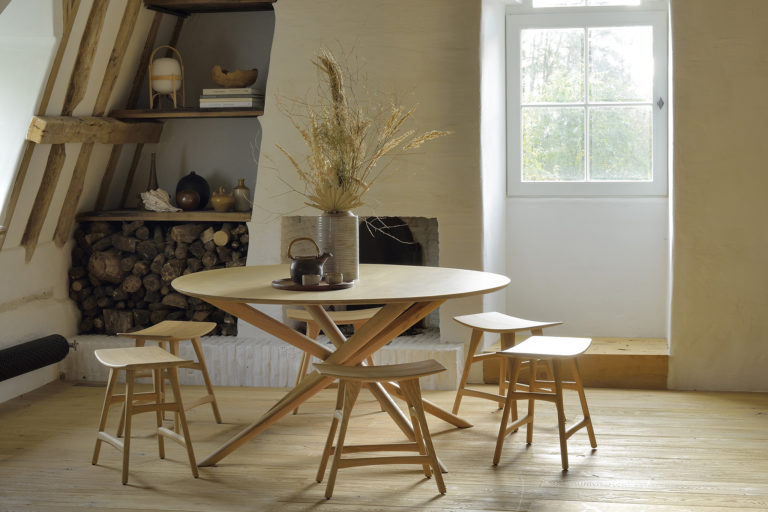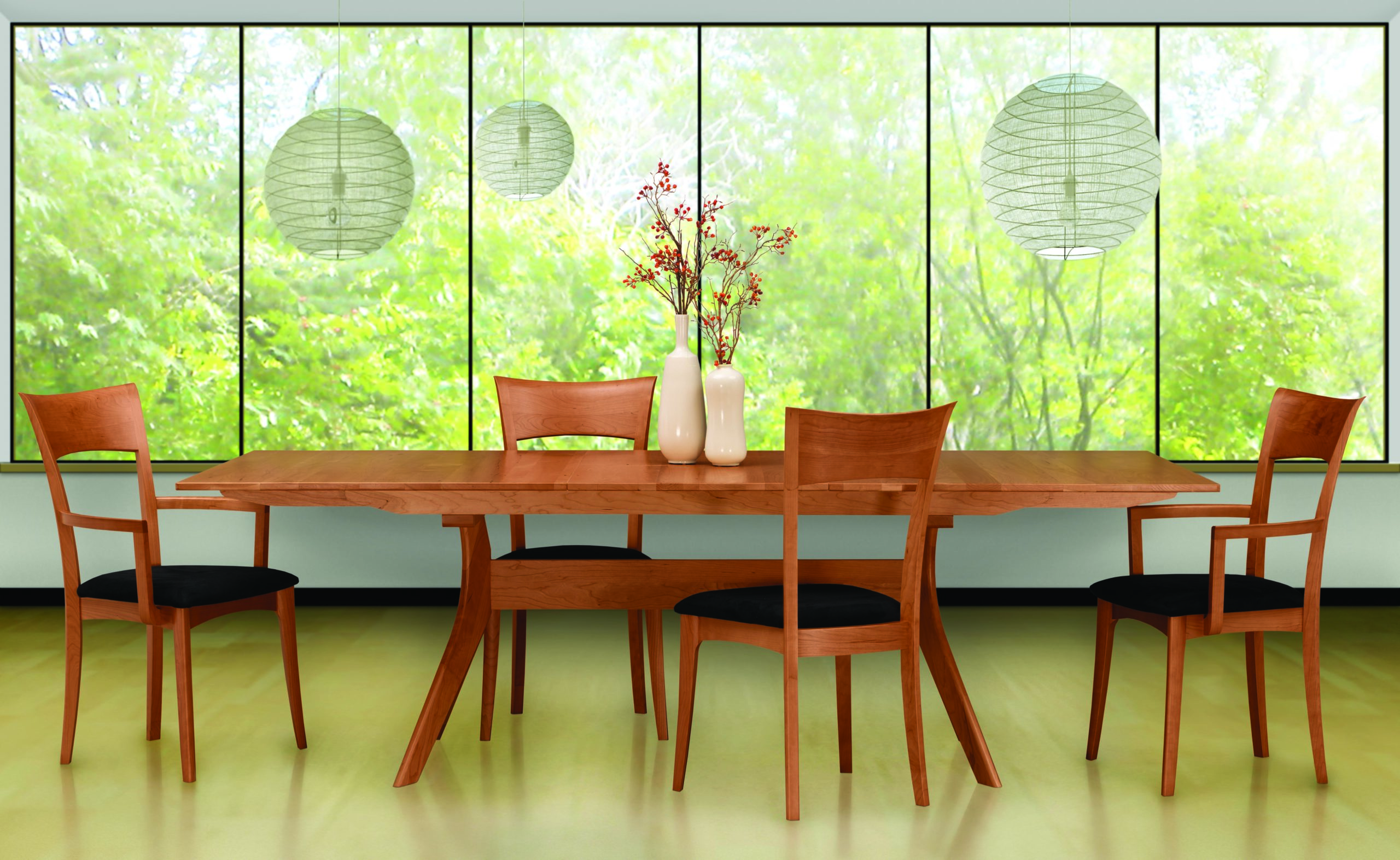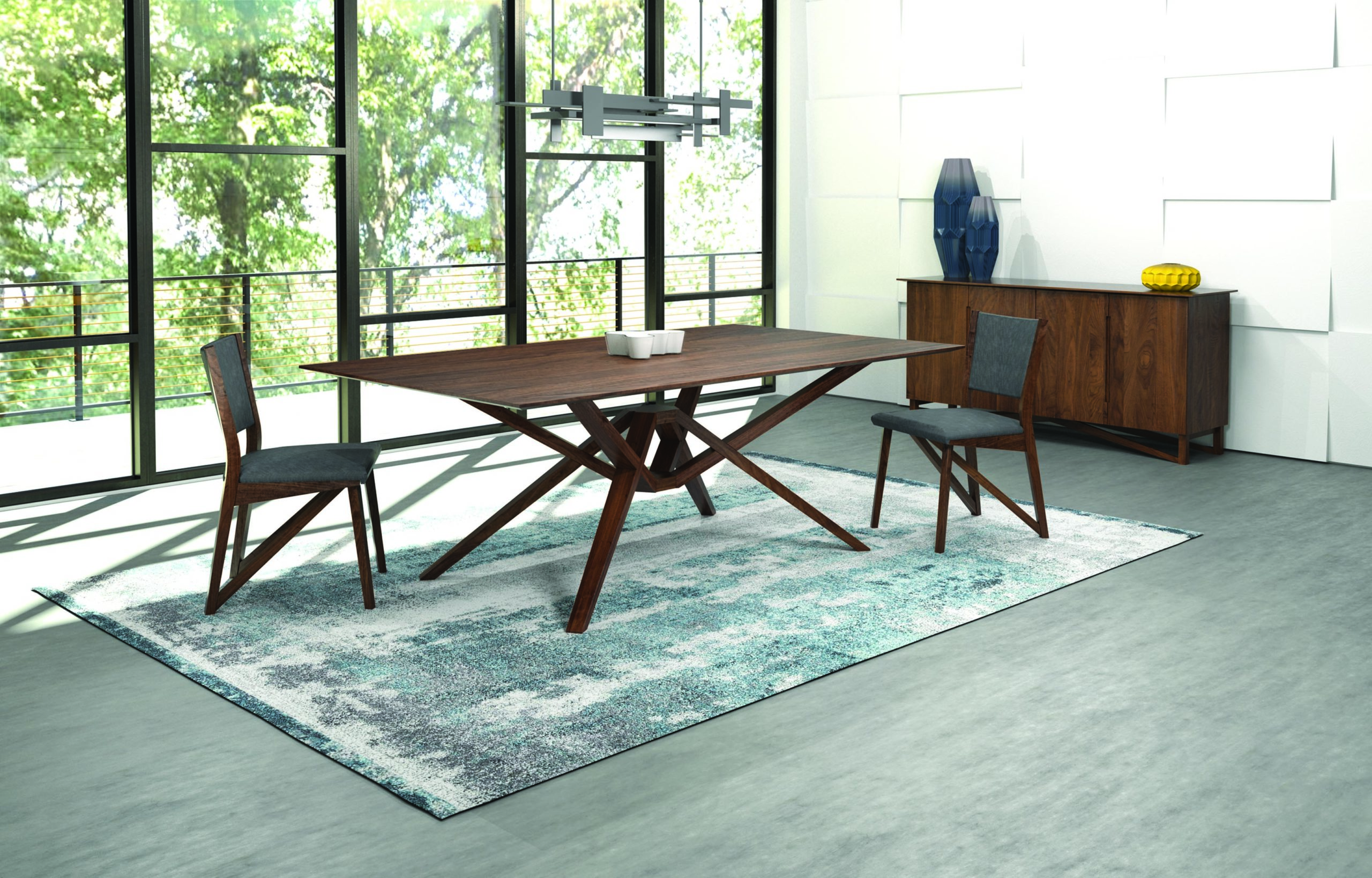
Designing the perfect dining room involves careful consideration of various factors, from furniture selection to color schemes and lighting arrangements. Among these considerations, the placement of the dining room table holds particular importance. Homeowners often wonder whether their dining room table should be centered directly under the light fixture. By understanding the relationship between aesthetics and functionality, you will gain valuable insights into creating an aesthetically pleasing and functional dining space.
Understanding the Purpose of Dining Room Lighting
Before we dive into the specifics of table placement, let’s establish a solid understanding of the purpose of dining room lighting. Lighting serves both functional and aesthetic purposes in a dining area. Functionally, the lighting should provide adequate illumination for various activities, such as enjoying meals, engaging in conversations, or reading papers. Aesthetically, the lighting fixture can serve as a focal point, adding to the overall ambiance and style of the room.
The lighting in your dining room sets the tone and atmosphere for the space. Consider the desired mood you want to create—whether it’s a cozy and intimate setting for romantic dinners or a bright and vibrant space for lively gatherings with family and friends. This will help guide your decision on table placement and the type of light fixture that best suits your needs.
 Balancing Symmetry and Functionality
Balancing Symmetry and Functionality
Symmetry is often a desired aspect when it comes to placing the dining room table under the light fixture. Centering the table directly under the light creates a balanced and visually pleasing arrangement. However, while symmetry can be visually appealing, it is not the only factor to consider. The functionality of the dining space should be equally prioritized to ensure a comfortable and practical layout.
Consider the flow of movement within the room. Placing the table off-center, but still in close proximity to the light fixture, can create a more dynamic and visually interesting arrangement. This allows for easier navigation around the table, ensuring that guests can move freely without feeling cramped or restricted.
Considering the Size and Shape of the Room
The size and shape of your dining room play a significant role in determining the optimal placement of the dining table. In smaller spaces, it may be necessary to place the table closer to the light fixture to ensure sufficient illumination. On the other hand, centering the table in larger rooms may result in an unbalanced arrangement, creating an awkward visual effect. In such cases, placing the table slightly off-center can help create a more harmonious and proportionate composition.
For rectangular or oval-shaped dining rooms, consider aligning the table with the longer axis of the room. This helps create a sense of balance and proportion, making the room feel more visually appealing. In square-shaped rooms, experiment with different table placements to find the arrangement that best utilizes the available space and creates an inviting atmosphere.
Assessing the Light Fixture
The design and characteristics of the light fixture itself also influence the placement of the dining table. Consider factors such as the size, style, and hanging height of the fixture. A large chandelier or pendant light may require careful positioning to avoid obstructing the line of sight or creating excessive glare. Moreover, if the light fixture is adjustable, it offers the flexibility to experiment with different table placements until the desired balance is achieved.
If your dining room features a statement light fixture, such as a crystal chandelier or a modern sculptural pendant, consider making it the centerpiece of attention. Centering the table directly under the light fixture not only enhances the visual impact but also ensures that the table is well-illuminated for dining purposes. However, if you have a unique or asymmetrical light fixture, it may be more visually appealing to offset the table slightly to create a captivating composition.
Emphasizing the Dining Experience
While visual aesthetics are important, the ultimate goal of the dining room is to create an enjoyable and comfortable dining experience. The focus should be on creating an environment that facilitates conversation, promotes relaxation, and encourages a sense of togetherness. Placing the table in a position that optimizes these aspects should take precedence over strict adherence to symmetry or light fixture alignment.
Consider the comfort of your guests when determining table placement. Ensure there is ample space for chairs to be pulled out comfortably without any obstruction from nearby furniture or walls. A well-balanced dining room layout allows for easy interaction and conversation among guests, creating a warm and inviting atmosphere.

Utilizing Other Light Sources
A well-designed dining room often incorporates multiple light sources to enhance the overall lighting scheme. Supplementing the central light fixture with additional sources such as wall sconces, buffet lamps, or recessed lighting can provide a more comprehensive and dynamic illumination. This allows for greater flexibility in table placement, as the central light fixture’s influence becomes less dominant.
By strategically placing secondary light sources, you can create layered lighting that adds depth and dimension to the dining room. Wall sconces on either side of a buffet or artwork can provide soft ambient lighting, while recessed lights can be used to highlight specific areas of the room. These additional light sources offer more flexibility in table placement, as the focus of illumination can be redirected accordingly.
Personal Style and Design Preferences
Ultimately, personal style and design preferences should guide the placement of the dining room table. While certain guidelines can help achieve balance and functionality, it is crucial to embrace individuality and create a space that reflects your unique taste and personality. Experimenting with different table placements can lead to unique and creative outcomes that resonate with the overall design scheme.
Consider the overall aesthetic of your dining room. If your style leans towards a more formal and symmetrical approach, centering the table under the light fixture may be the ideal choice. However, if you prefer a more eclectic or contemporary style, an off-center placement can add an element of visual interest and sophistication.
Contact Ambiente Modern Furniture Today
The question of whether the dining room table must be centered under the light fixture does not have a definitive answer. The optimal placement depends on various factors, including the size and shape of the room, the characteristics of the light fixture, and your desired ambiance. Striking a balance between symmetry, functionality, and personal style is key to creating a dining room that is both visually appealing and functional.
For a wide selection of modern dining room furniture that perfectly complements your unique design preferences, we invite you to explore Ambiente Modern Furniture. With our extensive range of high-quality and stylish dining tables, chairs, and lighting options, we can help you create the dining room of your dreams.
Remember, the placement of your dining room table is an opportunity to unleash your creativity and design a space that caters to both aesthetics and functionality. With careful consideration of the various factors discussed in this article, you can transform your dining room into a stunning and inviting space where cherished memories are made.
Contact Us
Questions about a product, shipping, locations or other? Let us know about it.


 Balancing Symmetry and Functionality
Balancing Symmetry and Functionality
